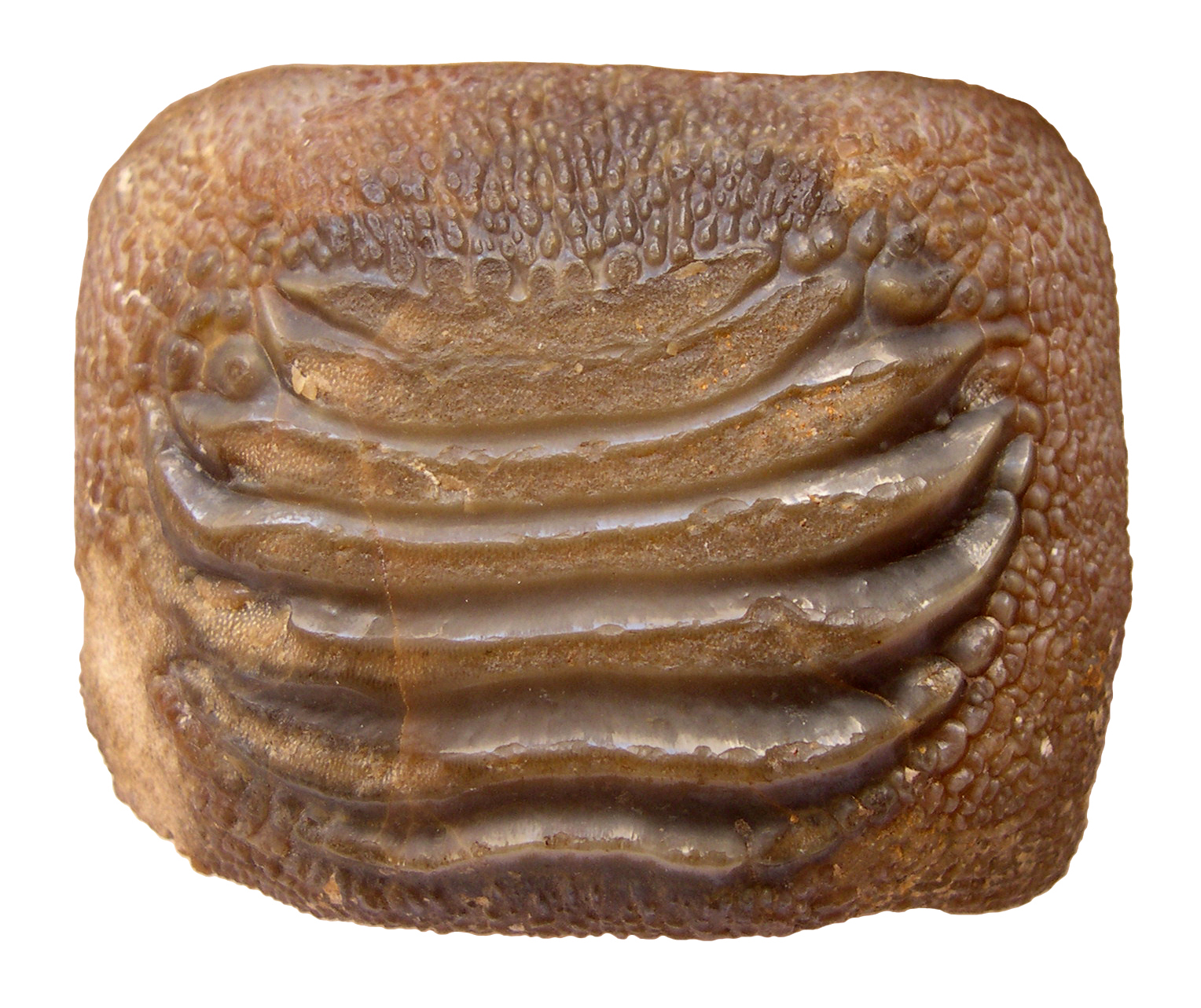Exquisitely preserved fossils belonging to an extinct group of giant sharks have been discovered in Mexico, and may help solve some centuries-old mysteries surrounding what these enigmas looked like, what they hunted, and how they fit into the shark evolutionary tree.
Ptychodus is a genus of extinct sharks from the Albian–Campanian stage of the Cretaceous period (around 105 to 75 million years ago). It contains at least 16 species, which have an estimated gigantic body size of up to 10 meters (33 feet) and have been found on all continents except Antarctica.
First reported in 1729, the genus is still to this day one of the most perplexing fossil elasmobranchs – a group of fish that includes sharks, skates, and rays. Plenty of weird teeth have been found, but more detailed fossils, featuring cranial and post-cranial skeletal elements, are very rarely discovered and complete specimens had never been reported before now.
But that’s all changed with a new study, in which complete articulated specimens from the early Late Cretaceous of Mexico are described, including a preserved body outline, which provide crucial information about Ptychodus and its mysterious lifestyle.
Ptychodus tooth.
Image credit: Vullo et al., Proceedings B, 2024
“The new complete skeletons described here help resolve the long-standing enigma of Ptychodus,” the study’s authors write – helping to answer questions we’ve had for almost two centuries about its anatomy, relationships to other species, and predatory behavior.
Phylogenetic and ecomorphological analyses confirmed that, as suspected, Ptychodus was a titan. The researchers propose a maximum body length of 9.7 meters (31.8 feet), with a corresponding jaw length of 1.9 meters (6.2 feet). For reference, the largest living durophagous shark – sharks that eat hard-shelled organisms, such as corals, shelled mollusks, or crabs – is just 2.5 to 3.5 meters (8.2 to 11.5 feet) long. Overall, the researchers conclude that Ptychodus was “probably the largest durophagous shark that ever existed”.
Fully articulated Ptychodus specimens from the early Late Cretaceous.
Image credit: Vullo et al., Proceedings B, 2024
They also demonstrate that the elusive elasmobranch was a fast-swimming predator, belonging to the mackerel shark group (Lamniformes), an order that also includes the great white shark.
Ptychodus also “occupied a specialized predatory niche previously unknown in fossil and extant elasmobranchs”, the team explain.
The recent discovery in Mexico “challenges the widely held view that […] Ptychodus was a group of bottom-dwelling sharks feeding mainly on shelled benthic invertebrates”. Instead of snacking on organisms like clams and crustaceans that live at the bottom of the ocean, the study authors think that Ptychodus preferred hard-shelled prey items such as ammonites and sea turtles.
They also have a theory for what might have brought about its extinction during the Campanian – 10 million years before the Cretaceous–Paleogene extinction event that wiped out around three-quarters of Earth’s species.
During this time, Ptychodus would have been in direct competition with emerging blunt-toothed mosasaurs in the clades Globidensini and Prognathodontini. With their crushing teeth, these predators likely targeted the same prey as Ptychodus, which may have been driven to extinction as a result.
The study is published in Proceedings of the Royal Society B: Biological Sciences.
Source Link: Exceptional Fossils Spill The Secrets Of “Enigmatic” 10-Meter Sharks Found In Mexico
